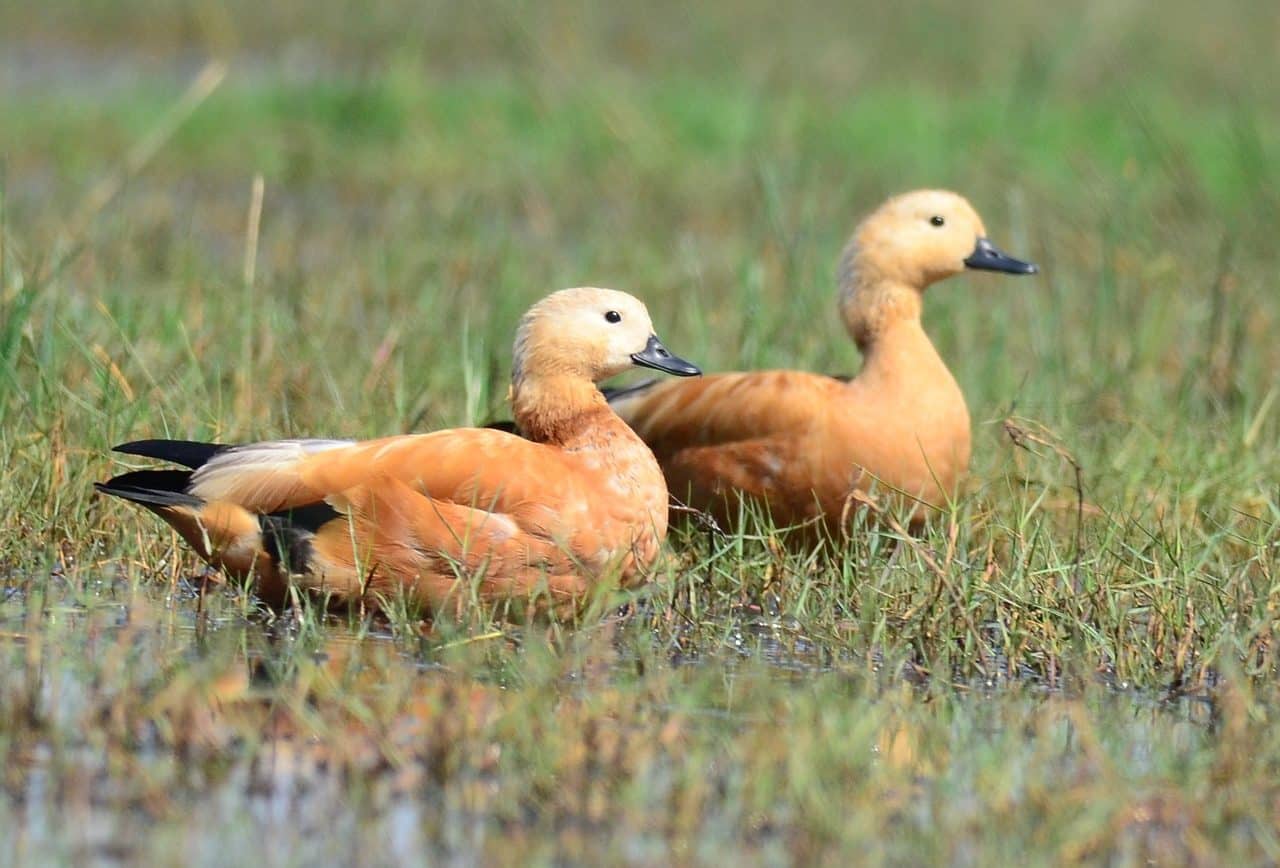
Rubicundo is a blonde color that resembles red.
Rubicundo is an adjective whose etymological origin refers to the Latin word rubicundus . The concept can refer to the blonde color that, due to its tone, resembles red . In this way, ruddy hair is similar to red hair.
For example: “A ruddy man surprised everyone by jumping onto the playing field to greet the players,” “His ruddy hair stood out in the distance and made the girl easy to recognize among her classmates,” “Last night I saw you walking next to a ruddy boy..."
The adjective is also used to describe the human being who has a good color and who, due to his appearance , seems to be a healthy individual: “After the days of rest, the actor returned ruddy to the recordings of the novel” , “No Don't worry, he is a ruddy young man who will have no problem overcoming the challenge” , “He doesn't seem to be someone ruddy: do you really think he is a suitable individual for this type of work?” .
Ruddy face
When reference is made to a ruddy face , it may be alluding to the reddish tone of the cheeks or the face in general: “The young woman with the ruddy face caught the attention of those present for her beauty,” “With her face ruddy from effort.” , the old man decided to sit down and rest for a while,” “The priest, with a ruddy and kind face, calmed the girl.”
It is important to note that a ruddy face can be caused by multiple factors, from physical exertion to anger and the effect that alcohol produces on the body.

The skin of newborn babies is ruddy.
The skin of newborns
Ruddyness , ruddy quality, is one of the skin characteristics of newborn children that nurses should evaluate as part of the routine general physical examination (the others are color, cyanosis, ecchymosis, and pallor). A redness of the skin is often observed in the middle of the newborn's body that lasts a few moments (generally until the position is changed) and that contrasts clearly with the tone of the rest of the skin. The mucous membranes are the only parts that are not affected by this phenomenon.
Said redness of the skin in the neonate only occurs when it is in lateral decubitus (lying on one of its sides) and if it rotates to lie on the other decubitus, then the colors are inverted. It should be noted that the intensity of the redness is different in each case; Likewise, sometimes the line of demarcation is not complete, but ignores the genitals and the face.
Thanks to crying and intense muscle activity, the redness becomes generalized, which causes the difference described above to disappear. This usually appears between the second and fifth day of life, although in some cases it occurs even three weeks after birth; lasts a minimum of 1 minute and a maximum of 20 . This episode can be unique or occur more than once and is not accompanied by disorders in pupillary reflexes, response to external stimuli, heart rate or muscle tone. The name by which this skin color change is known is harlequin skin .
Ruddy children and polycythemia
The newborn may also appear ruddy due to polycythemia, a condition that occurs when venous hematocrit values are greater than 65 Vol % or venous hemoglobin exceeds 22 g/dL.
Generally, neonates suffering from polycythemia do not show any clinical sign other than redness, which can be detected with the naked eye, or by observing the lips, tongue, mucosa of the eyes, soles of the feet, and palms. of the hands.
